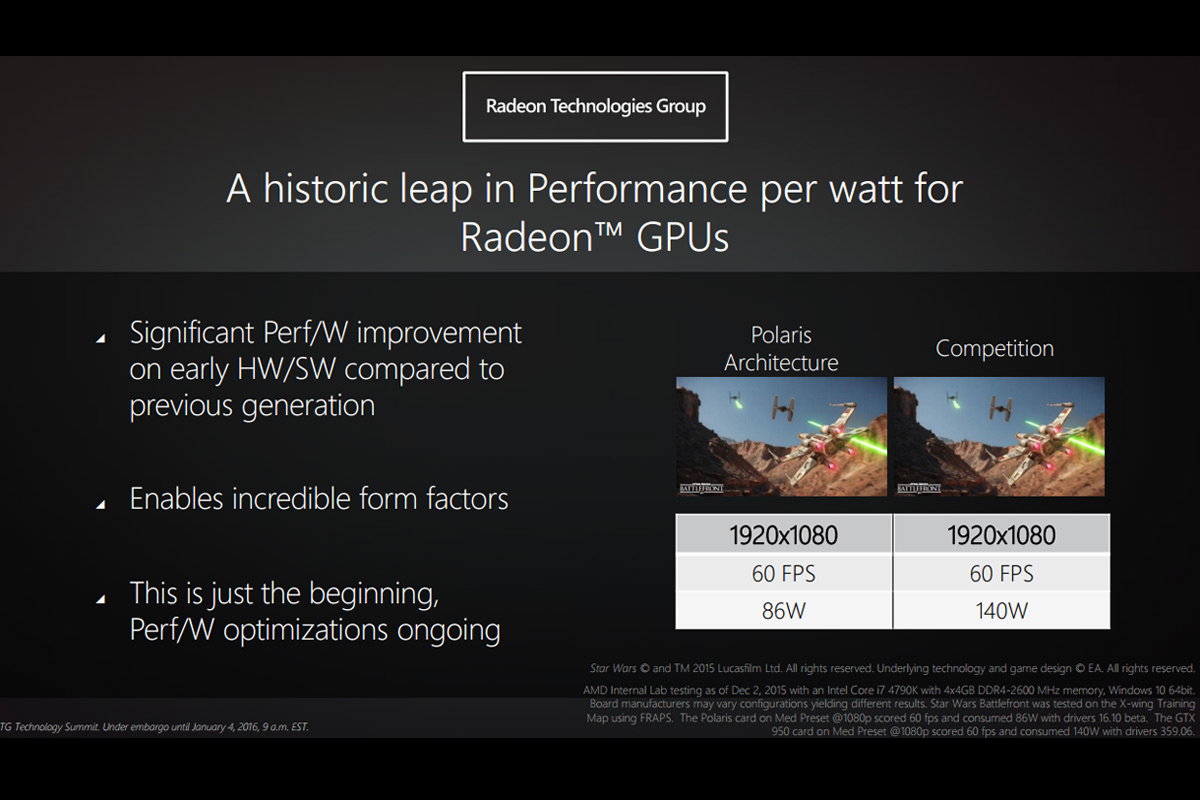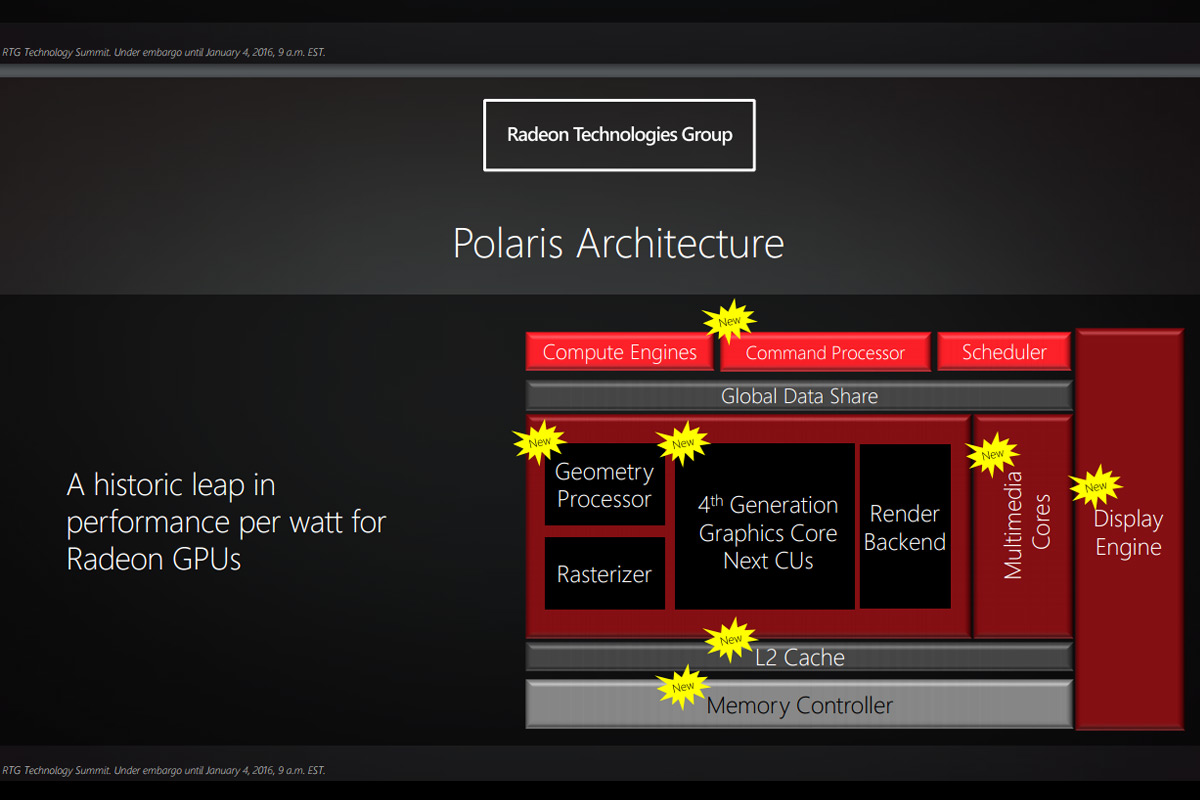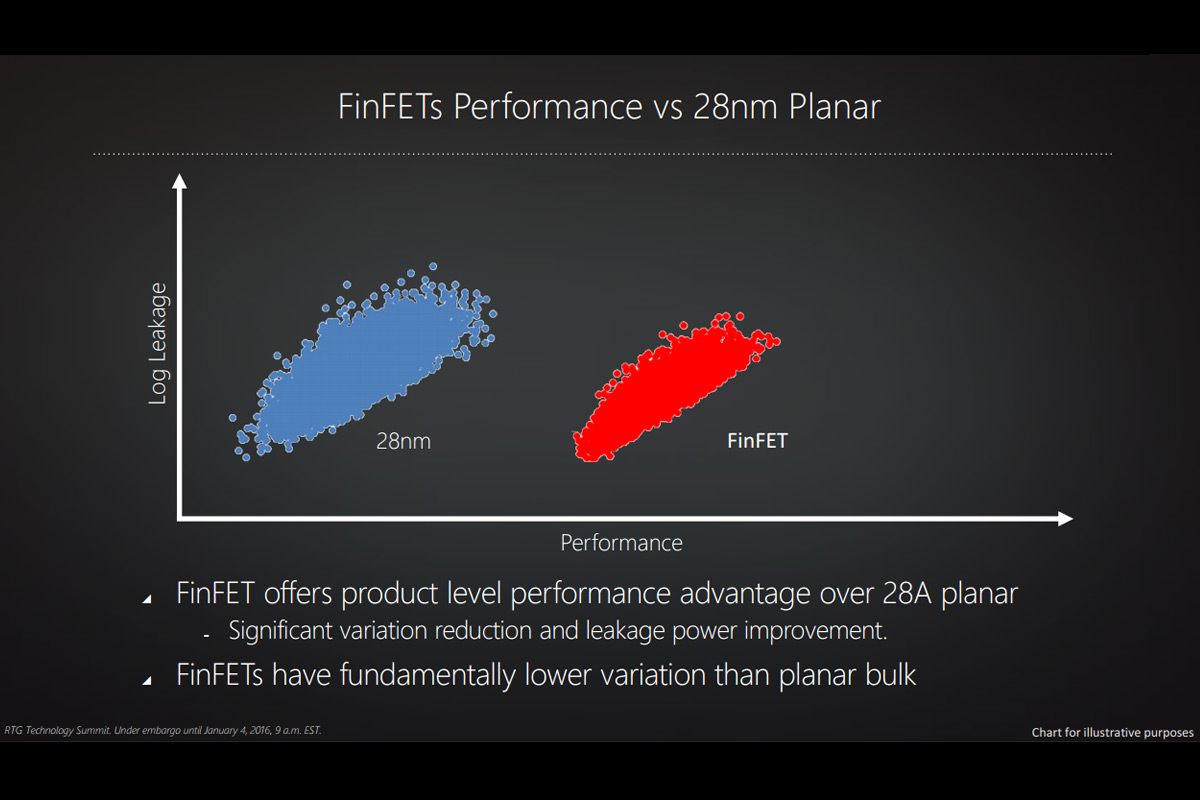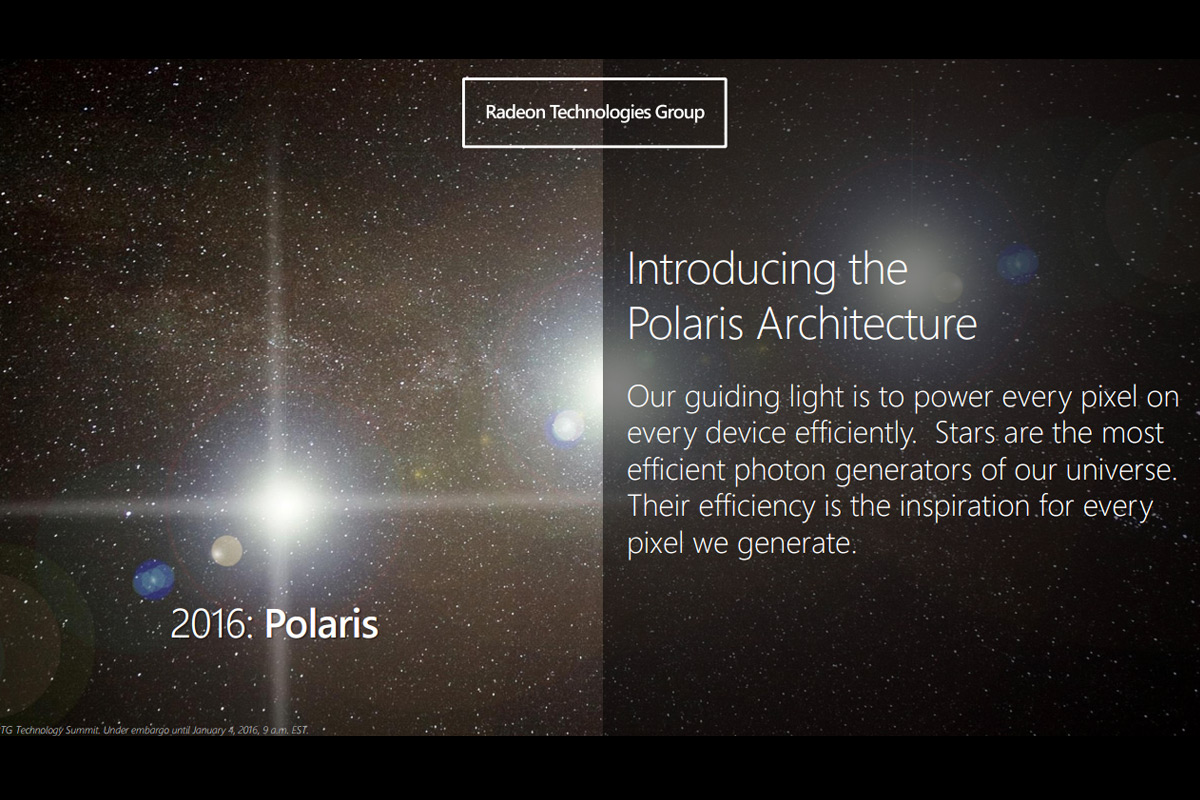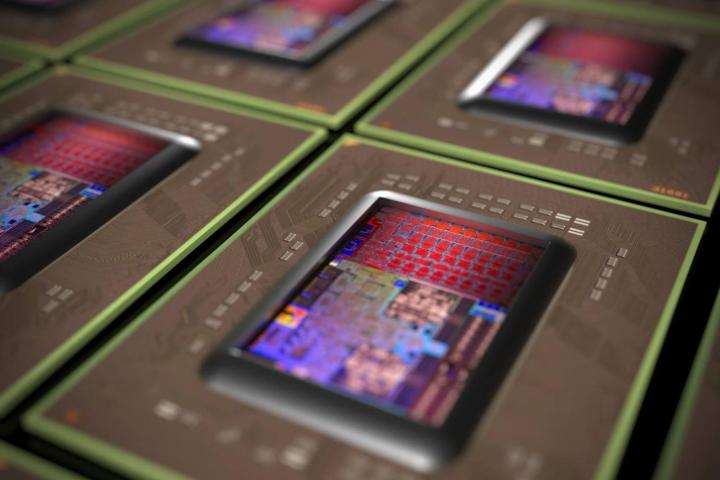
In the cited example, AMD pitted a new (unnamed) card from its Polaris architecture with an Intel Core-i7 4790K and 16GB of DDR4-2600MHz, running on Windows 10, against the same set up with a GTX 950. While both systems achieved 60 frames per second in Star Wars Battlefront (running at 1080p, medium preset), but the Polaris system pulled just 86 watts, while the GTX equipped system required as much as 140 watts.
While we can’t say yet whether AMD’s figures for Polaris are correct, we can confirm that its suggested power draw of the GTX 950 seems accurate. It drew a maximum of 167 watts in our Skylake-powered test rig.
The FinFET transistor makes this possible, as it utilizes a 3D design to allow multiple gates to operate on a single transistor, giving them much better gate-control versus older planar technology. Put simply, it means more performance and better efficiency. It’s also made the creation of smaller 14nm die processes that much easier. This technology first appeared in Intel processors 2012, and has been trickling over to other companies ever since.
Nvidia currently does not have a FinFET graphics chip, but it does plan to build its next architecture, Pascal, on the 16nm FinFET production node at TSMC.
Better efficiency means the bigger graphics cards can cram more raw power into more compact packages, and more importantly it means phones, tablets and gaming laptops can be made smaller, lighter, as well as much more energy efficient. That means longer battery life, too.
The Graphics Core Next (GCN) nomenclature isn’t being retired completely. While this new-gen might be called Polaris, it still borrows a little from the past, and is considered the fourth generation of Graphics Core Next. Other gains made with this switch are said to include improved shader efficiency and memory compression as well as better instruction pre-fetch and a hardware scheduler.
The new cards will also have support for HDMI 2.0a, which includes High Dynamic Range (HDR), which can improve white and black details in the media being viewed. Polaris will additionally support DisplayPort 1.3 and the 4K h.265 codec.
Although no specifications for any particular cards have been revealed as of yet, we do know they will be releasing in “mid-2016,” roughly around the same time as Nvidia’s Pascal architecture.
